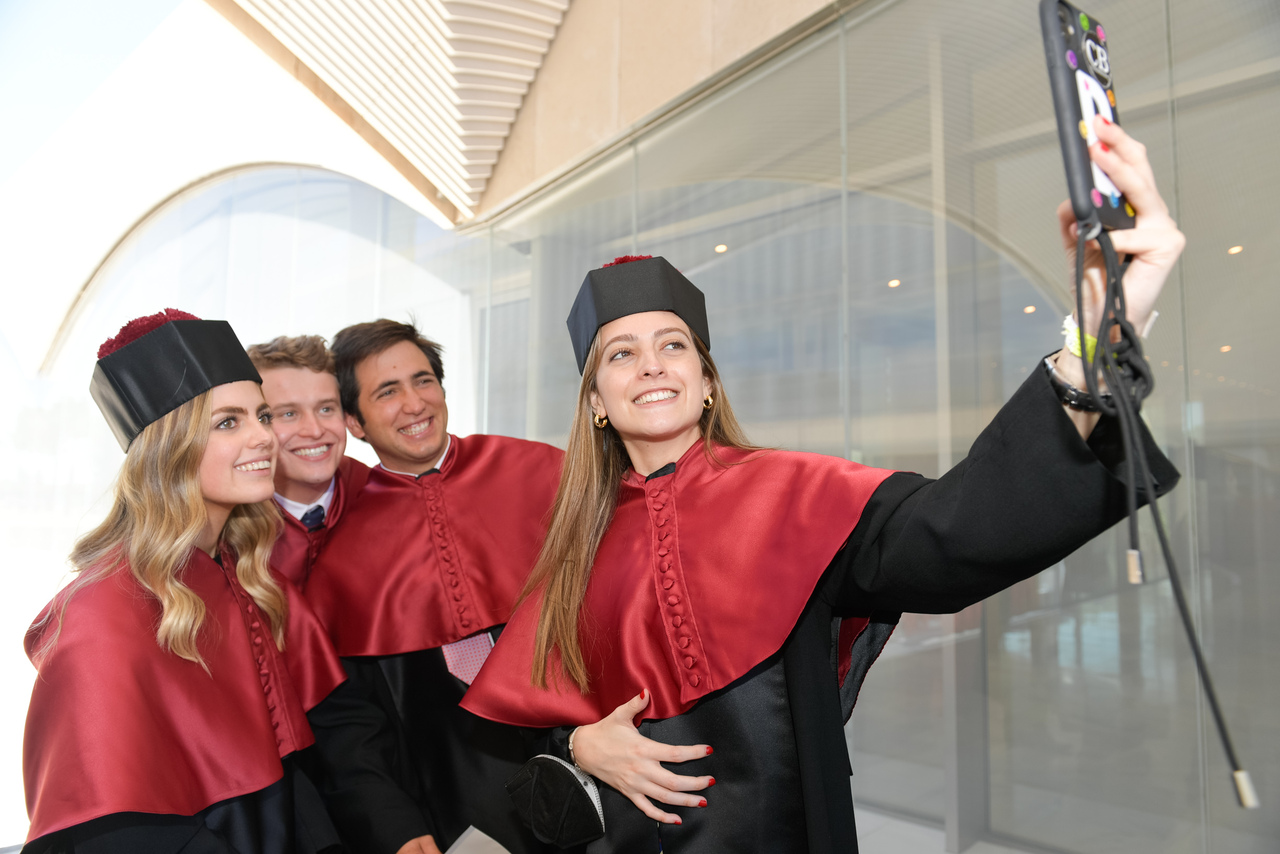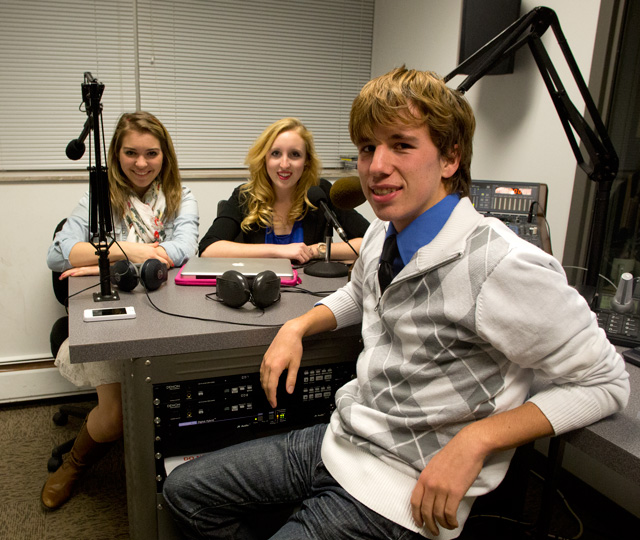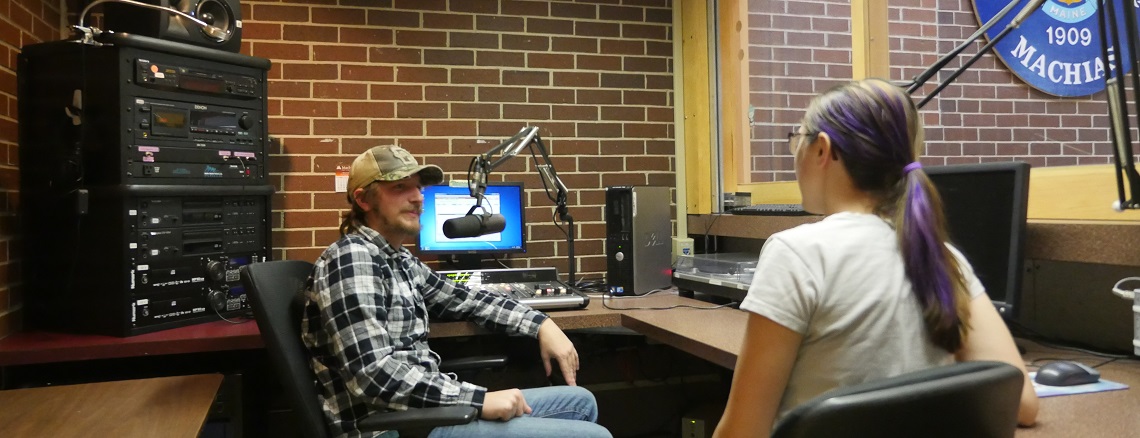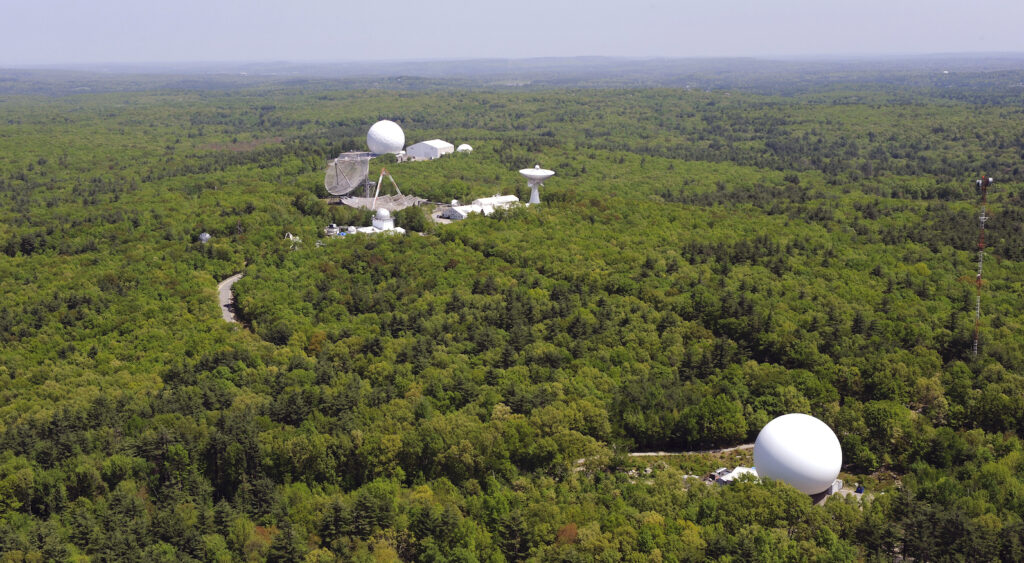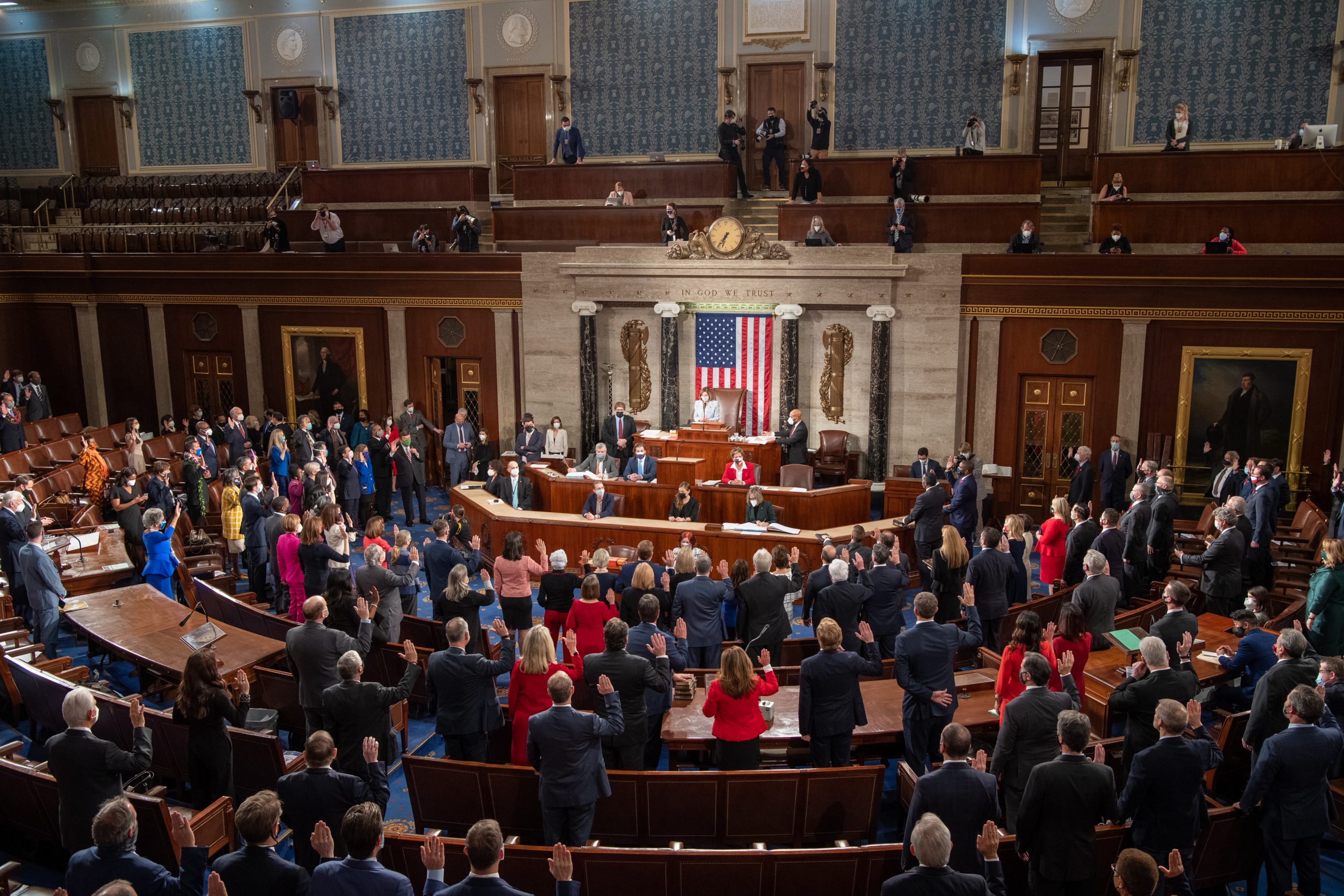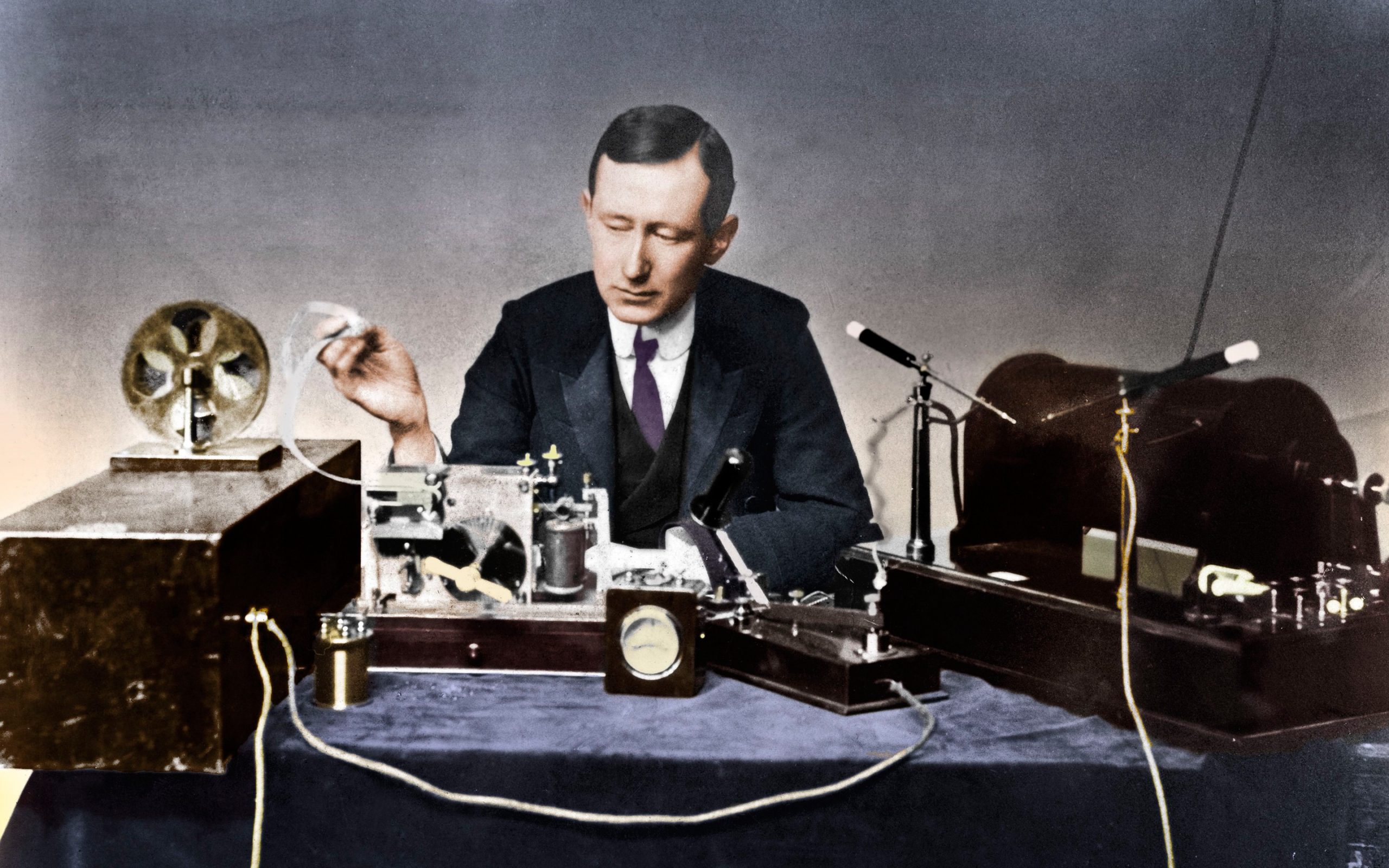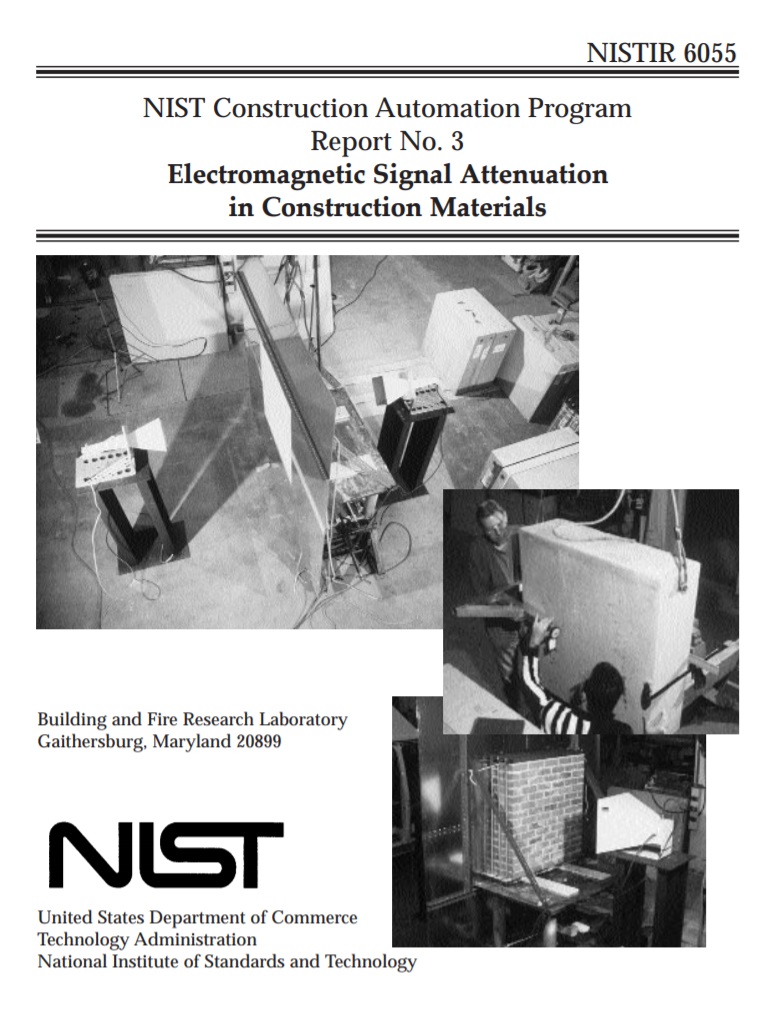La zona deportiva de la Universidad, que hoy protagoniza #historiaunav, es contigua a @etsaunav, bordea el río y la carretera de Esquiroz y se apoya en una ladera empinada que cierra el valle. pic.twitter.com/F6kjnLUf8J
— Universidad de Navarra (@unav) January 22, 2024
Estudiantes de @tecnun y @MedUNAV desarrollan un simulador de electromiografía.
La práctica se ha enmarcado en el curso BioDesign, organizado por la Escuela de Ingeniería y el Laboratorio de Ingeniería Biomédica.
👉 https://t.co/8RzNLrU5Ky pic.twitter.com/bdcdH9E0ln— Universidad de Navarra (@unav) February 1, 2024




